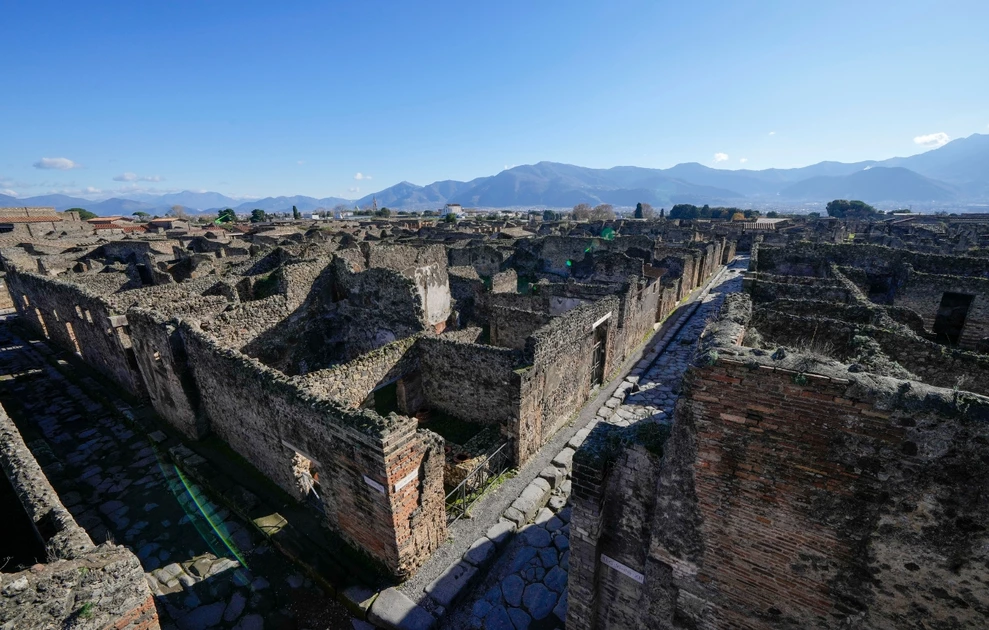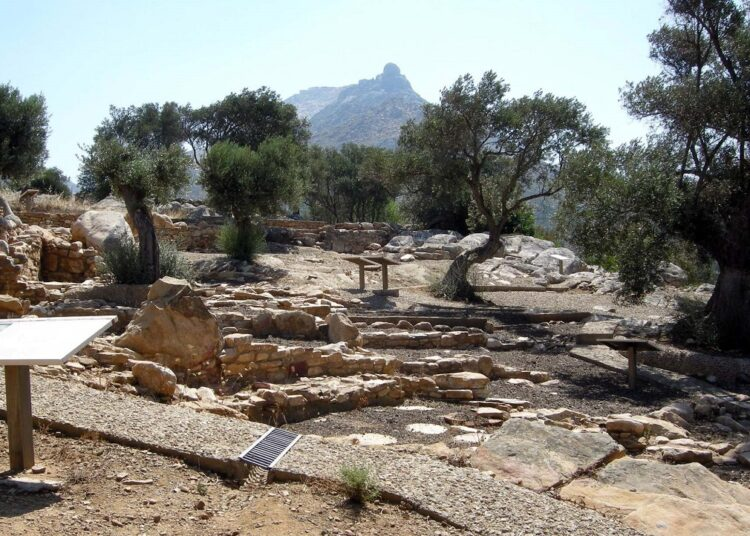Maritime archaeologists have made a groundbreaking discovery in Sweden, unearthing what could be the oldest known carvel-built ship in the Nordic region. The wreck, found in Landfjärden near Häringe, south of Stockholm, dates back to the late Middle Ages and offers valuable insights into the development of shipbuilding in northern Europe.
A Remarkable Discovery
Initial studies suggest the ship was constructed in the 1480s, with some indications pointing to as early as the 1460s. Håkan Altrock, curator and project manager at Sweden’s Museum of Wrecks, highlighted the ship's remarkable condition:
“It’s a large vessel, likely measuring around 35 meters in length and 10 meters in width. The ship’s frame remains largely intact, standing tall above the seabed, and its sternpost and rudder are still upright.”
A Shift in Shipbuilding Techniques
What makes this vessel particularly significant is its construction technique. Unlike most medieval Scandinavian ships, which were built using the clinker method—where planks overlap for a flexible yet robust hull—this ship was crafted using the carvel method. This approach, which originated in southern Europe before spreading north, involves planks laid edge-to-edge on a frame, creating a smooth and solid hull.
This technological shift was instrumental in the evolution of shipbuilding, allowing for stronger and more stable vessels capable of withstanding heavier loads, including artillery.
Historical Context and Additional Findings
The shipwreck is one of five discovered in Landfjärden. While historical records once speculated these could be Viking-era ships, research has since established a more precise timeline.
“Last year, we dated three of the four largest wrecks to the 1600s and 1700s. We even linked one of them to a known historical source from the 17th century,” Altrock explained.
The newly identified vessel, referred to as Wreck 5, stands out as the oldest of the group.
“Wreck 5 is the most intriguing of the finds in Landfjärden. We have confidently dated it to the 1480s, though it may have been originally built in the 1460s and later repaired in the 1480s. Analysis of the timber used suggests it came from either Möre, in the Kalmar region, or eastern Blekinge,” Altrock added.
Future Research and Significance
Researchers at the Museum of Wrecks plan to conduct further studies on the site and seek external funding for an excavation project dedicated to Wreck 5.
“This ship bridges medieval and modern shipbuilding and has the potential to offer critical insights into Sweden’s maritime history,” Altrock noted.
The emergence of carvel-built ships in northern Europe marked a turning point in naval technology. Many historians believe this transition gained importance in the 15th century as vessels were increasingly designed to accommodate cannons. Stronger hulls were necessary to withstand the impact of artillery fire, shaping the evolution of warships and trade vessels alike.
With further excavation and analysis, Wreck 5 could reveal essential details about this technological shift, shedding new light on how medieval shipbuilding adapted to meet the challenges of an era marked by innovation and conflict.










